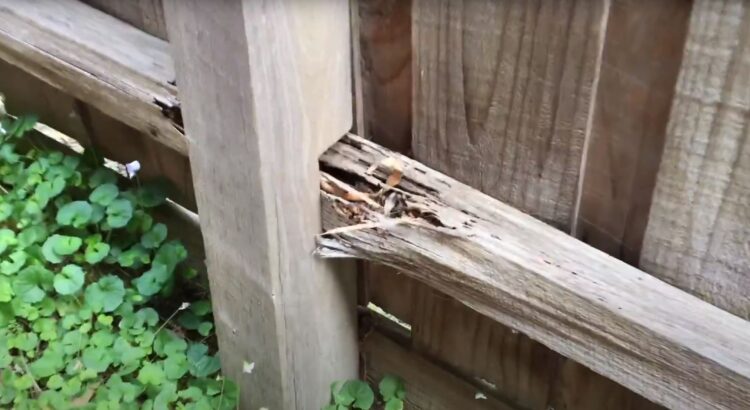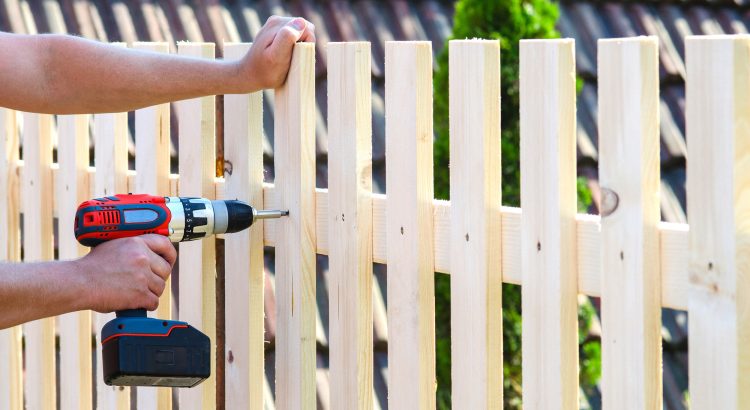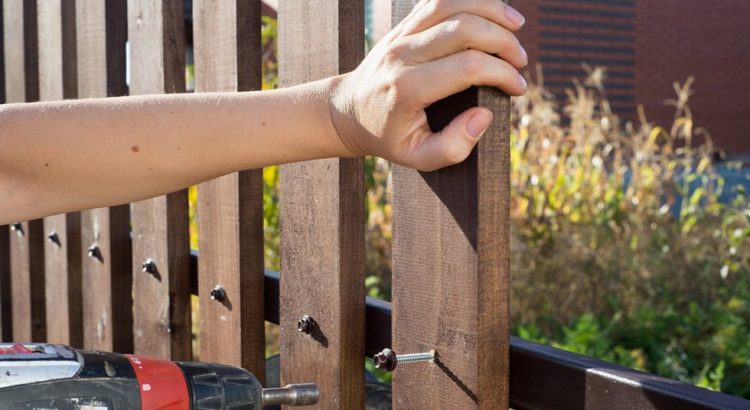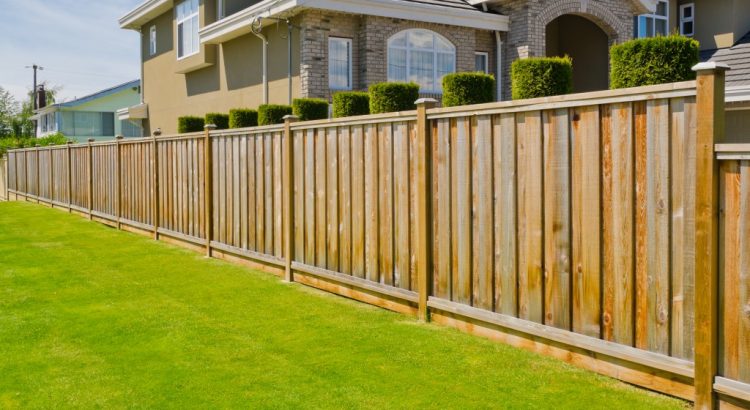Why Laminata Fencing Stands Out in Auckland
Understanding Laminata Fencing
Laminata fencing is crafted from natural wood, treated with cutting-edge technology to enhance its durability and sustainability. This fence option is not just known for its strength and longevity but also for its appealing aesthetic that blends seamlessly with both modern and traditional homes.
Adapting to Auckland’s Climate
Auckland’s climate, characterised by its humidity, sudden rainfall, and occasional coastal breezes, requires fencing that can withstand these elements. Laminata fences are engineered to resist warping, fading, and decay, ensuring they remain as robust as they are visually appealing for years.
Laminata in Glen Eden, Pukekohe, and Devonport
- Glen Eden: Given the lush landscapes, Laminata’s natural look complements Glen Eden’s serene environment.
- Pukekohe: With the suburban areas expanding, homeowners in Pukekohe appreciate Laminata fencing for its durability and minimal maintenance.
- Devonport: A historic suburb with heritage homes, Devonport requires fencing that preserves its classic charm. Laminata offers designs that uphold this character while providing modern-day reliability.
Easy Installation and Maintenance
One of the main selling points for Laminata fencing is its easy installation process. This is a boon for DIY enthusiasts and professionals alike. Moreover, maintenance is a breeze; occasional cleaning can keep the fence looking fresh and new.
Eco-friendly Attributes
Considering the global push towards sustainability, Laminata’s commitment to sourcing wood from renewable plantations stands out. These fences are not only durable but also environmentally responsible.
Auckland Council Bylaws and Laminata Fencing
Before diving into any fencing project, it’s imperative to be aware of the local regulations. Certain suburbs, including Glen Eden and Devonport, have specific guidelines to preserve the area’s aesthetics. While most of Laminata’s designs align with these regulations, always consult the regional council bylaws to ensure compliance.
Cost Effectiveness
While Laminata fencing might have a slightly higher upfront cost compared to some traditional fencing options, the longevity and reduced maintenance costs make it a cost-effective solution in the long run.
Customisation and Variety with Laminata Fencing
When it comes to achieving a tailored look for your property, Laminata fencing stands out prominently. This isn’t just any off-the-shelf fencing solution; it offers homeowners an extensive palette of options that seamlessly blend function and style.
- Range of Colours: Gone are the days when fences were restricted to natural wood hues. Laminata fencing offers a spectrum of colour choices. Whether you’re aiming for an understated elegance with soft neutrals or looking to make a statement with bolder shades, there’s a Laminata colour that will resonate with your vision.
- Finishes Galore: Finish plays a crucial role in determining the fence’s final look. Laminata fences can be polished for a sleek appearance, sanded for a rustic vibe, or even given a matte finish for contemporary homes. The choice is extensive and entirely yours.
- Texture Variations: From smooth, even surfaces to ones that imitate the natural grain of wood, Laminata offers various textures. Such variety ensures that the fence isn’t just a boundary but an extension of your home’s character.
- Design Flexibility: No two homes are alike, and Laminata understands that. This fencing solution offers numerous design options – be it vertical or horizontal placements, varying plank widths, or integrating other materials like metal or stone for added flair.
- Custom Height and Width: Whether you’re looking for privacy with taller fences or just a demarcation with shorter ones, Laminata accommodates various heights. The width of the panels can also be adjusted based on individual preferences and property requirements.
- Accessories and Add-ons: Laminata fencing isn’t just about the panels. The brand offers a range of accessories, from decorative caps to integrated lighting options, ensuring your fence isn’t just functional but also aesthetically pleasing, day or night.
In a bustling urban landscape like Auckland, where individuality shines, Laminata ensures your home doesn’t just blend into the crowd. By offering an array of customisation options, homeowners can achieve a tailored fence design that’s reflective of their personality and complements the architectural essence of their abode.
Safety Standards
Safety is paramount when it comes to home projects. Laminata fences are crafted to adhere to the highest safety standards, ensuring they are free from harmful chemicals and are safe for both pets and children.
Local Recommendations
When considering Laminata fencing, it’s always a good idea to seek advice from local Auckland experts. They can provide insights tailored to your suburb’s specific needs and preferences.
Summary Table
| Feature | Laminata Fencing Benefits |
| Durability | High resistance to Auckland’s climate, longevity. |
| Installation & Maintenance | Easy installation, low upkeep. |
| Eco-friendliness | Sourced from renewable plantations. |
| Customisation | Wide range of designs and finishes. |
| Safety | Adheres to top safety standards. |
| Cost-effectiveness | Long-term cost savings. |
In the realm of fencing, Laminata offers a blend of style, durability, and eco-friendliness. With Auckland’s diverse architectural styles and specific bylaws, Laminata seems to be an ideal choice, resonating well with homeowners across different suburbs. Before embarking on your fencing journey, always consult with local experts to ensure you’re making the best choice for your home.
Laminata Fencing in Auckland: Your Questions Answered
What is Laminata fencing? Laminata fencing is a modern fencing option crafted from natural wood, which is enhanced using advanced technology to improve its durability, longevity, and aesthetic appeal.
How does Laminata fencing cope with Auckland’s unique climate? Engineered to withstand Auckland’s humid conditions, sporadic rain, and coastal breezes, Laminata fencing resists warping, fading, and decay, making it a robust and long-lasting choice.
Can Laminata fencing be customised to match my home’s aesthetics? Absolutely. Laminata offers a plethora of designs, colours, and finishes, catering to a diverse range of architectural styles, from classic to contemporary.
Is Laminata fencing environmentally friendly? Yes. Laminata is committed to sustainability, sourcing its wood from renewable plantations, ensuring the fences are not only durable but also have a reduced environmental impact.
Are there specific Auckland council bylaws that impact the use of Laminata fencing? Certain suburbs, like Glen Eden and Devonport, have specific bylaws to maintain the area’s aesthetic character. It’s essential to consult regional council bylaws to ensure your Laminata fencing choice aligns with these regulations.
What is the maintenance regimen for Laminata fences? One of Laminata’s advantages is its low maintenance requirement. Regular cleaning with mild soap and water is generally sufficient to maintain its appearance.
In terms of cost-effectiveness, how does Laminata fencing compare to traditional fencing options? While the initial cost for Laminata fencing might be slightly higher, its longevity, reduced maintenance needs, and resilience against Auckland’s climate make it a cost-effective solution in the long run.






